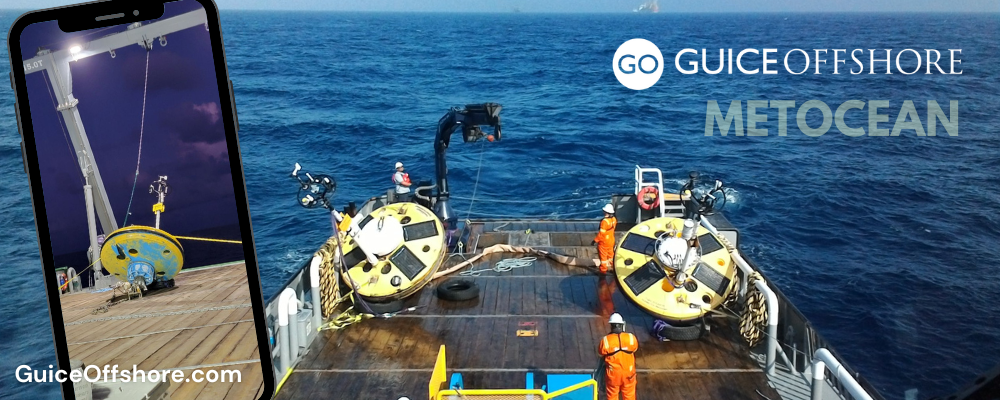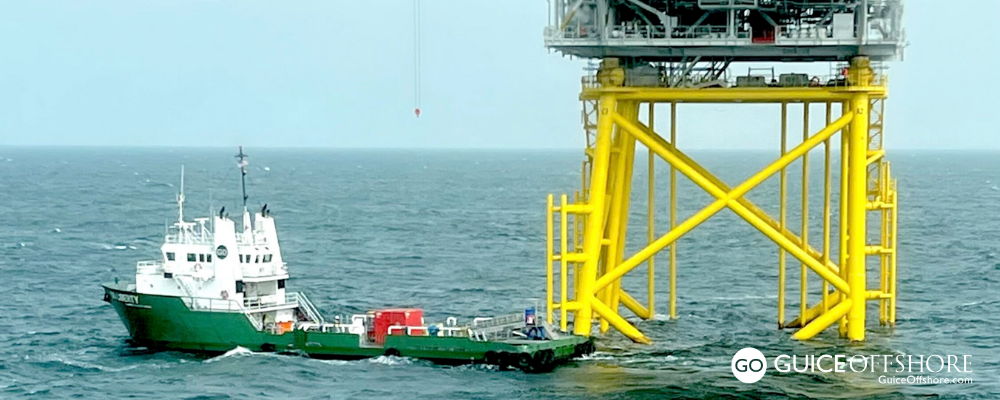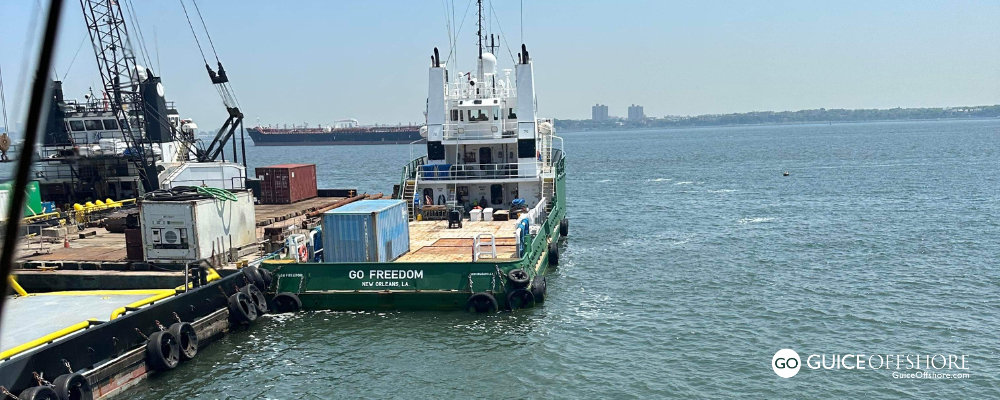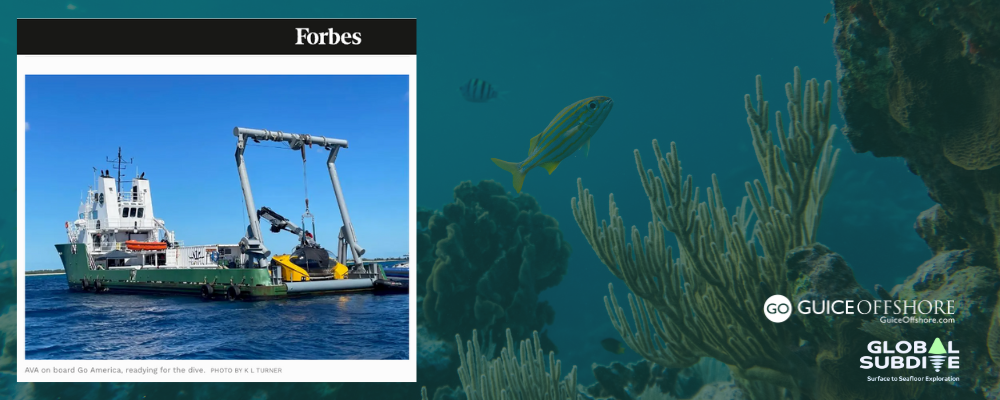Fundamental to maritime safety and national security, indispensable to our national weather forecasting infrastructure and essential equipment for offshore energy operators in the oil and wind industries, ocean buoys are the silent, unsung cornerstones of our connection with the sea. To deploy and keep all types of buoys in top working order, and then ultimately recover them, Guice Offshore is part of the meteorological and oceanographic (“metocean”) equation.
“We’ve deployed, maintained and recovered ocean buoys from coast to coast, in the Gulf of Mexico, and even in South America,” said Guice Offshore Vice President of Sales and Marketing David Scheyd. “We handle metocean buoys virtually anywhere offshore.”
Depending upon their purpose, buoys can be outfitted with a variety of equipment, including sensors, gauges and even telecommunications equipment to relay data, such as through the National Oceanic and Atmospheric Administration’s (NOAA) U.S. National Data Buoy Center, which tracks buoys worldwide through its OceanSITES, BuoyCams, Dial-A-Buoy and many other complex data systems.
Currently, NOAA is tracking the real time findings of nearly 1,500 buoys in U.S. and international waters. Observations cover meteorology, physical oceanography, transport of water, biogeochemistry, and parameters relevant to the carbon cycle, ocean acidification, the ecosystem, and geophysics. Operational applications include the detection of events, initialization and validation of assimilation products, and reference data for forecasts.
In advance of offshore oil exploration, ocean engineering and construction, and offshore wind infrastructure installation, buoys are typically deployed to help provide an assessment of metocean conditions in the area, such as ocean currents both above and below the surface.
Among the types of research buoys typically used in metocean applications are profiling bouys, which can self-adjust their buoyancy, sinking and returning to the surface, then sinking again; tsunami buoys, which monitor underwater pressure to provide an early warning system for catastrophic events; wave buoys that measure wave height and movement; and satellite-tracked weather buoys, known as Ocean Data Acquisition Systems (ODAS) that measure and transmit all types of weather data.
To maintain buoys, some of which are anchored and others adrift, Guice Offshore crews will locate them, and then use onboard A-frames to lift them out of the water and onto the deck, where they can be inspected, cleaned and assessed for needs like fresh batteries or solar panel cleaning.
Guice Offshore crew members are trained to handle both technical and heavy equipment safely and securely, ensuring that whatever the mission, it is accomplished on time and within budget.
Pictured Above: The Guice Offshore Mini-Supply Vessel GO Patriot in the Gulf of Mexico



